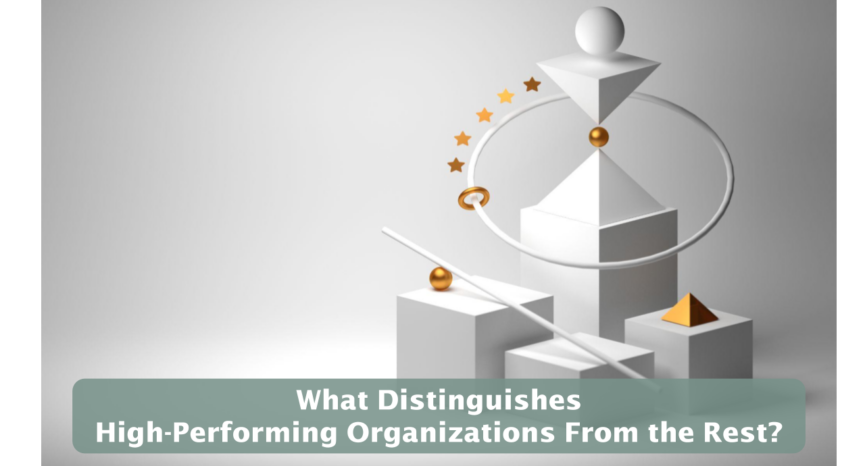What Distinguishes High-Performing Organizations From the Rest?
Beyond visionary leadership and systems thinking, these organizations embrace a culture of organizational learning and innovation, while prioritizing value, results and community impact—key drivers of sustained excellence.
In another edition, I highlighted five of the core values of performance excellence. Here I recap several others. The developers of the Baldrige Excellence Framework have distilled these attributes from examining high-performing organizations. I share them to inspire excellence in your organization.
Organizational learning is more than training programs or sporadic improvements; it’s a way of life embedded in daily work. High-performing organizations systematically gather insights from diverse sources—staff feedback, customer input, and industry benchmarks—and turn them into actionable improvement strategies. They prioritize solving problems at the root, adopting leading practices, and exploring innovations to enhance customer outcomes, reduce inefficiencies, and create new opportunities. Average organizations often overlook these opportunities, failing to extract organizational learning from successes, near misses, and improvement initiatives.
Another defining feature of high performance is a focus on success and innovation. High-performing organizations excel at balancing short-term demands with long-term goals, building resilience while adapting to an ever-changing landscape. Innovation is central to their mission—not just as a buzzword but as a disciplined process. These organizations create environments where taking intelligent risks are encouraged, and collaborations fuel creative breakthroughs. In contrast, average organizations may shy away from risk taking or fail to integrate innovation into their daily work processes.
A commitment to management by fact further sets top organizations apart. These leaders leverage data not only to track performance but also to uncover trends, make informed decisions, and drive continuous improvement. Their use of data is purposeful and strategic, ensuring strong alignment throughout the organization to organizational goals. Average organizations often collect data for compliance and reporting purposes without harnessing its full potential.
Delivering value and results is another hallmark. High-performing organizations design strategies that balance various stakeholders’ needs, from customers to partners, ensuring measurable results across many dimensions. They use both leading and lagging performance indicators to monitor progress and drive impactful outcomes. They continually seek ways to add value to those they serve.
Equally critical is their focus on societal contributions and community health. These organizations view public health, safety, and environmental stewardship as integral. From addressing social drivers of health to reducing waste and promoting equity, they act as role models, leveraging their influence to enhance community well-being. Average organizations often miss these opportunities to build trust and deepen their societal impact.
By embedding these principles—organizational learning, innovation, fact-based management, value creation, and community leadership—into their cultures, organizations can rise above the rest and lead the way in delivering excellence to their customers and communities.

If you’d like to receive these Inspirations in your inbox every other week, you can subscribe to Kathy’s Excellence Advantage Inspirations Newsletter.
Kathy Letendre, President and Founder of Letendre & Associates, advises organizations and leaders to create their excellence advantage.
Contact Kathy by phone or text at 802-779-4315 or via email.

